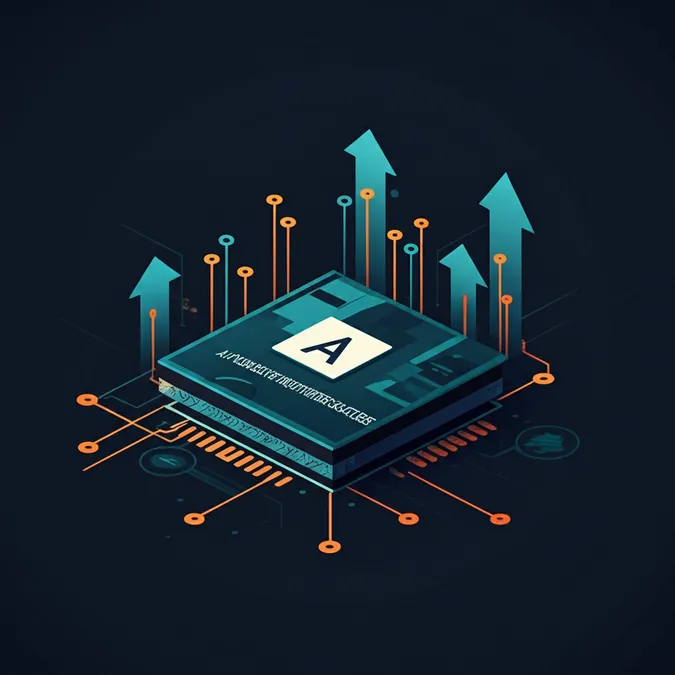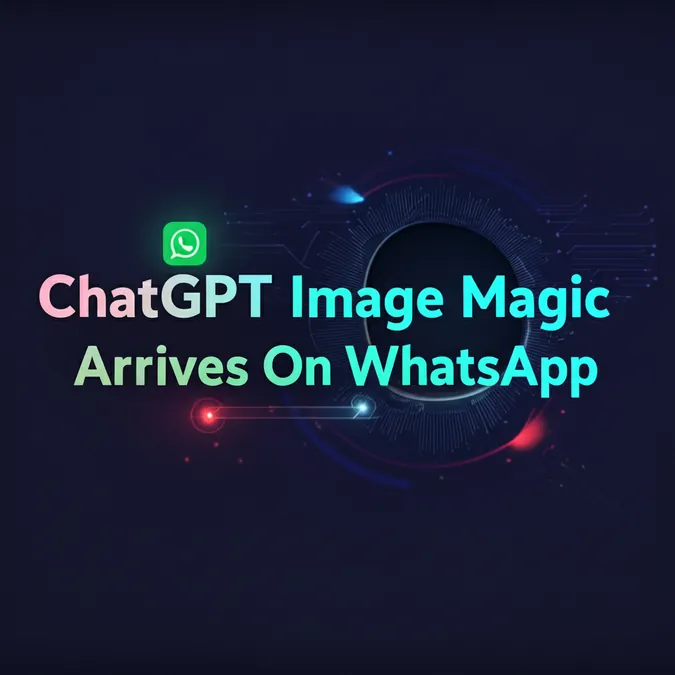Rethinking Originality AI Copyright And Creative Progress
Art History Inspiration And AI Questions
Last fall, during a board meeting in Amsterdam, I found some free time for an impromptu visit to the Van Gogh Museum. Wandering the galleries, I encountered The Courtesan (after Eisen), painted in 1887. Van Gogh based this work on a Japanese woodblock print by Keisai Eisen, which he saw in the magazine Paris Illustré. He openly copied and reinterpreted Eisen’s composition, adding his distinctive border of frogs, cranes, and bamboo.
Standing there, I imagined the painting as if it were created by a generative AI model, prompted with something like: How would van Gogh reinterpret a Japanese woodblock in the style of Keisai Eisen? This led me to wonder: If van Gogh had used such an AI tool to spark his imagination, would Eisen or his estate have had a valid legal claim? Today, that might indeed be the scenario. Two years ago, the US Supreme Court ruled that Andy Warhol infringed on photographer Lynn Goldsmith’s copyright by using her photo of Prince for his silkscreens. The court decided Warhol's works weren't transformative enough to qualify as fair use, a legal provision allowing limited use of copyrighted material.
Creativity As Reinterpretation Lessons From The Masters
A few months later, at a Salvador Dalí exhibition at the Museum of Fine Arts in Boston, my perspective on originality was further challenged. I had always viewed Dalí as a purely original genius. However, the exhibition featured Dutch engravings, including Pieter Bruegel the Elder’s Seven Deadly Sins (1558), which clearly influenced Dalí’s 8 Mortal Sins Suite (1966). While stylistically different, the connection is undeniable. Dalí himself acknowledged Bruegel as a surrealist forerunner. Suddenly, Dalí appeared not just as an originator but also as a skilled reinterpreter. Should Bruegel have been flattered, or should he have sued Dalí for making his work so “grotesque”?
Later, a Picasso exhibit in Milan featured a famous informational diagram by art historian Alfred Barr. This chart mapped how modernist movements like Cubism evolved from earlier artistic traditions. Picasso, often celebrated as highly original, drew from many artists including Goya, El Greco, Cézanne, and African sculptors. This raised another question: If a generative AI model were fed these inputs, could it have produced Cubism or the next significant artistic breakthrough?
AI Music And The Murky Waters Of Copyright
These experiences across three cities, focusing on three iconic artists, reinforced reflections I’d already begun. I recently spoke with Daniel Ek, Spotify's founder, about restrictive copyright laws in music. Song arrangements and lyrics often have longer protection than pharmaceutical patents. Ek, at the forefront of this debate, noted that generative AI already produces a vast range of music. Some is good, much is terrible, but nearly all of it borrows from existing work.
Musicians frequently sue each other for borrowing. How will the law handle art driven by prompts and precedents, built entirely on existing material?
The questions extend further. Who owns generative AI outputs? The user who wrote the prompt? The model's developer? The artists whose works trained the AI? Will traditional artistic gatekeepers—critics, curators, tastemakers—retain their influence, or will a new AI-era hierarchy emerge? If artists have always borrowed, is AI’s generative recombination truly different? In our litigious society, how long can current copyright law endure? The US Copyright Office has started addressing ownership issues, stating that generative outputs can be copyrighted if sufficiently human-authored, but it's playing catch-up.
Industries Divided The Oscars AI Stance And Music Lawsuits
Different industries are responding in varied ways. The Academy of Motion Picture Arts and Sciences recently announced that filmmakers' use of generative AI won't disqualify them from Oscar contention, nor will disclosure be mandatory. Several acclaimed films, like Oscar winner The Brutalist, have incorporated AI.
The music world, however, continues to grapple with originality. Consider the lawsuit against Ed Sheeran. In 2016, Marvin Gaye’s co-writer Ed Townsend’s heirs sued Sheeran, claiming “Thinking Out Loud” copied melody, harmony, and rhythm from “Let’s Get It On.” At the 2023 trial, Sheeran played the disputed four-chord progression (I–iii–IV–V) on guitar, weaving a mash-up of songs using the same foundation. His point was clear: these are basic songwriting elements. The jury found Sheeran not liable.
Reflecting post-trial, Sheeran stated: “These chords are common building blocks … No one owns them or the way they’re played, in the same way no one owns the colour blue.”
Embracing AI A Professionals Tool For Creation
Exactly. Creativity, whether via guitar, paintbrush, or generative algorithm, has always built on what came before.
I don’t claim this essay is great art, but I must be transparent: I used ChatGPT extensively while drafting it. I started with a rough outline, notes from museum galleries, and conversation transcripts. I uploaded older writing samples to give the model my voice. Then, I used the tool to shape a draft, which I revised repeatedly—by hand and with an editor—over several weeks.
Phrases or sentences from the model might still be in here. But I’ve iterated so much I no longer know which ones. I suspect no reader or AI detector could either. (Grammarly found 0% of this text to be AI-generated.)
Many people are still uneasy about these tools, worrying it’s cheating or feeling embarrassed to admit using them. I’ve moved past that. I assume my Harvard Business School students use AI. I assume much academic research starts with AI-synthesized literature. And I assume many essays I read in leading publications were partly shaped by generative tools.
Why? Because we are professionals. Professionals adopt efficiency tools early. Generative AI joins a lineage including word processors, search engines, and editing tools like Grammarly. The question isn't Who’s using AI? but Why wouldn’t you?
Recombination The Core Of Creativity Human And AI
I acknowledge the counterargument, notably from Nicholas Thompson, CEO of The Atlantic: AI-assisted content shouldn't get copyright protection because it blurs authorship. I understand this instinct. AI recombines vast amounts of preexisting work, and results can feel derivative.
But reflecting on creativity's history—van Gogh reworking Eisen, Dalí channeling Bruegel, Sheeran defending common musical DNA—I’m reminded that recombination is central to creation. Economist Joseph Schumpeter famously wrote that innovation is less about invention than “the novel reassembly of existing ideas.” Tracing and assigning ownership to every prior influence would halt creativity.
From the start, I knew these tools had transformative potential. I underestimated how quickly they’d become ubiquitous across industries and in my daily work.
Our copyright system has never required total originality. It demands meaningful human input. That standard should apply in the AI age. When people thoughtfully engage with these models—choosing prompts, curating inputs, shaping results—they are creating. The medium changed, but the impulse is the same: to build something new from inherited materials.
About The Author And Disclosure
Nitin Nohria is the George F. Baker Jr. Professor at Harvard Business School and its former dean. He is also the chair of Thrive Capital, an early investor in several prominent AI firms, including OpenAI.
MIT Technology Review’s editorial guidelines state that generative AI should not be used to draft articles unless the article is meant to illustrate the capabilities of such tools and its use is clearly disclosed.


